
SEO For Startups: A Beginner’s Guide

Search engine optimization or SEO is an essential part of brand-building in today’s competitive environment. However, many startups don’t understand SEO well and are not sure where to begin. Ignoring SEO or implementing it incorrectly leads to missed opportunities and wasted resources.
SEO is not intuitive and a lot of information is out there — some of it seemingly contradictory — and much of what people know or think they know about SEO is greatly misunderstood. Doing your own research to better understand what a healthy SEO campaign looks like should be among your first tasks.
If you own or manage a startup business and you’re ready to undertake SEO or build on your fledgling SEO strategy, we can help! We put together this beginner’s guide to SEO to help you start or grow your SEO campaign.
Create a Mobile-Friendly Website
According to a 2022 report from Statista.com, the number of smartphone subscriptions globally currently surpasses six billion and is predicted to grow by several hundred million in the next few years. That’s why Google, inarguably the leading search engine worldwide, has implemented a mobile-first indexing process, meaning that it uses the mobile version of website content for indexing and ranking.

Mobile-friendly websites — those that provide a good mobile experience — not only offer a better user experience (UX), but they also benefit from a rankings boost. Optimize your website for mobile use by designing a responsive website that delivers the same content on desktop and mobile devices. Responsive websites — those that adjust the page size to the user’s device — are the standard today.
Here are some technical issues to think about when creating your website:
Website Structure. Simply put, the structure is the hierarchy of the site, or the way in which the pages connect to each other. Developing a sitemap that enhances the user experience is key. Easy-to-follow navigation with pages named simply and understandably (i.e., not with your branded terms) leads to a good user experience, and UX directly affects the ranking of mobile pages.
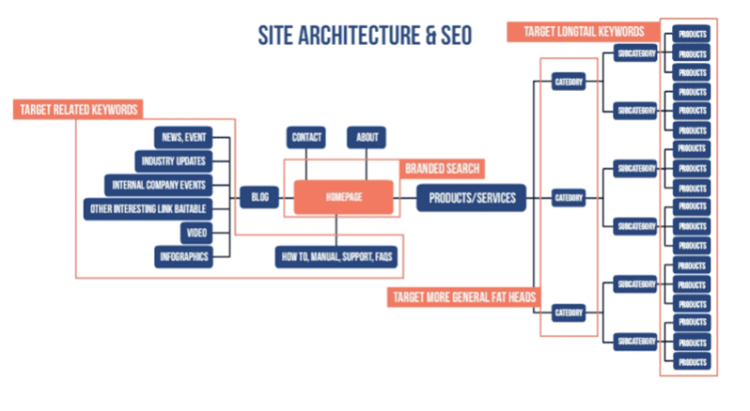
Page Load Speed. The speed at which actual users are able to download your individual web pages is a Google ranking signal with growing importance. The content management system (CMS) that you select along with its configuration play a critical role in page speed. Just as important, is your web developer’s abilities to properly code an error-free website with fast loading pages.
Hosting Provider. In addition to the page speed considerations listed above, you must carefully consider the choice of a website hosting service. Not all hosting companies are alike, and your choice may impact your SEO results. Google prefers secure websites with fast loading speeds, which requires a solid network infrastructure and optimized server configurations.

Optimize with Keywords
Perform thorough research to determine the words and phrases that your target customers use when searching for what you offer. Focus on a few important (even niche) keywords that best describe your offering(s). Utilizing relevant keywords correctly throughout your website — on the pages on which they make the most sense — helps make your website visible and boosts your search engine rankings. Keywords should be carefully selected and utilized in your URLs, title tags, meta descriptions, page titles, heading tags, body content, internal link anchor text as well as certain image filenames and image alt tags.
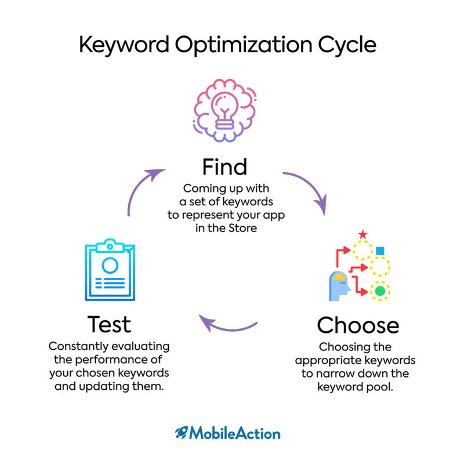
How do you select keywords? While you can begin by typing in words and terms that describe your products or services, tools are available to help marketers with keyword research tasks. These tools provide data that allows you to determine the number of people searching by each keyword, find related keywords and learn the likelihood of ranking for various keywords. A better ranking is more easily obtained using low-competition keywords, especially for startups with little brand recognition or website authority.
Produce High-Quality Content
Because search engines rank web pages and blog posts with useful information more highly than others, your content must reflect what the user seeks when searching for your product or service. Quality content — text, images, infographics, blog posts and videos — is topic-relevant, engaging, unique, well-researched and well-written. When driving traffic to your site is the goal, less is more — less high-quality content is better than more low-quality content.
Good content not only describes your product or service in simple terms, but it also lets users know how it solves their problems, educates them about its use, and answers what you know or sense they are asking. Be sure to provide downloadable resources that may be helpful to current and potential customers.
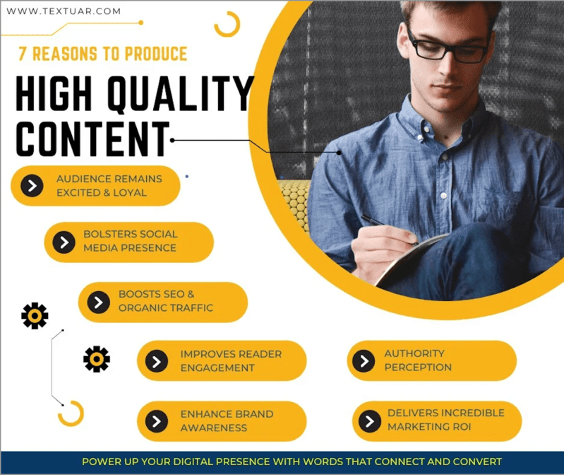
Quality content is also easy for users to read. Use images to break up large sections of text, create relevant headers that separate content into reader-friendly chunks, include internal links to other pages of your website, and use bullet points for quick scanning and to highlight important information. Make website pages actionable with good calls-to-action (CTAs) that help turn visitors into customers.
Maintaining interest in your website and attracting repeat traffic require constant refreshing of your content. Product description pages don’t generally change much, but new blog posts and podcasts should be added regularly. For inspiration regarding new topics, check out Google Trends, Twitter Trends, Google Analytics, customers’ social media posts and customers’ emails to your sales team. Attend an industry conference, solicit guest blogs and more.
Build Authority with Backlinks
A backlink or inbound link is a hyperlink to your website from a website other than your own. Association with relevant, higher-authority websites via backlinks results in higher rankings. A number of good backlinks signifies that your site is a popular or authoritative destination, which leads to improved website rankings on search engine results pages (SERPs).
How do startups earn backlinks? Guest blog posts on large industry publications, listings in industry directories, new product announcements and adding your website URL to your social media may help you rank quickly and attract quality links back to your website. Be aware that your content must be high-quality and engaging to earn links from trusted sources.
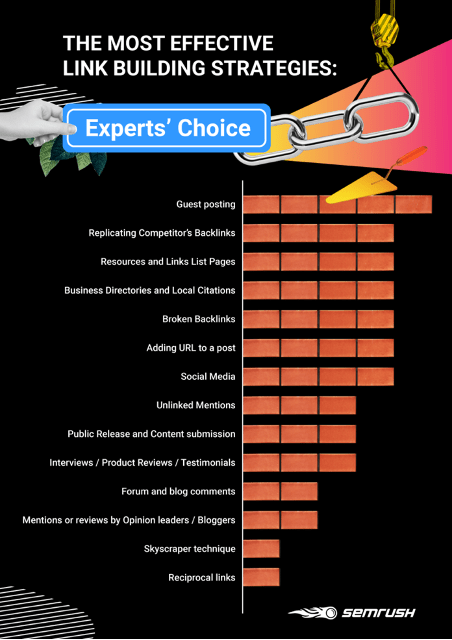
In addition to attracting traffic from SERP rankings, popular bloggers, trusted journalists and social media influencers can be a good source of links. Their audiences may be small, but they tend to be loyal. You may develop ongoing relationships with influencers, generate content with specific influencers in mind or offer their audiences free products. Any mention of your company (along with your URL) provides an opportunity to increase website traffic and, ultimately, sales.
Track and Measure Results
Is your SEO strategy leading you in the right direction? That depends on where you want to go! Research keywords (popularity, competition, relevance, and intent) using Google AdWords and other free and paid tools. Track your organic traffic (number of visitors from search engines) by page URL via Google Analytics. Monitor keyword performance (rankings, impressions, clicks and clickthrough rate) in Google Search Console. View your backlinks with backlink analysis tools that are also widely available. Be sure to utilize these helpful SEO tracking tools to optimize your existing content.
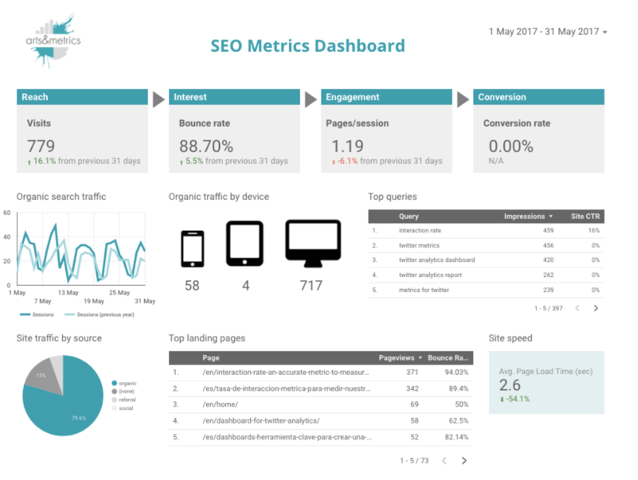
Tracking your SEO results over time is vital. If your tracking metrics aren’t looking good after 3 – 6 months, then change your strategy. But before you do, be sure to set up a reliable analytics tool in advance so you can compare “before” and “after” results. You may want to select more relevant keywords or keywords that are easier to rank. You may find that your audience is not who you originally expected, and you should use this opportunity to optimize for the users who visit your site, not those that you thought would come.
Conduct Ongoing SEO
SEO is not a process to undertake only once. Optimizing for SEO requires a significant amount of effort, and you may find concentrating on just one or two aspects at a time easier. As discussed above, frequent reevaluation of your SEO may indicate the need for website and/or content adjustments to boost or maintain rankings and meet your users’ needs.
Additional reasons to continually revisit your SEO strategy include changes in the online marketplace, SEO trends and changes in your business. As your startup grows, you want to add pages for your new products and services. Your audience may grow and shift as your business evolves. And we all know how often Google’s ranking algorithms change over time!
Reap the Benefits of SEO
Most people think of SEO as a way to increase traffic to a website for the purpose of growing sales and increasing revenue. When done well, SEO does that — but it does so much more! The fringe benefits of SEO not only lead to a better written and designed website, but they also make your business more credible and your brand more valuable. Are you ready to achieve your business goals?
Author Bio:
Aaron Wittersheim is Chief Operating Officer at Straight North, an Internet marketing agency. He has helped startups, middle-market firms and Fortune 500 companies improve organizational structure and grow through his expertise in process conception, task automation and internal project management.